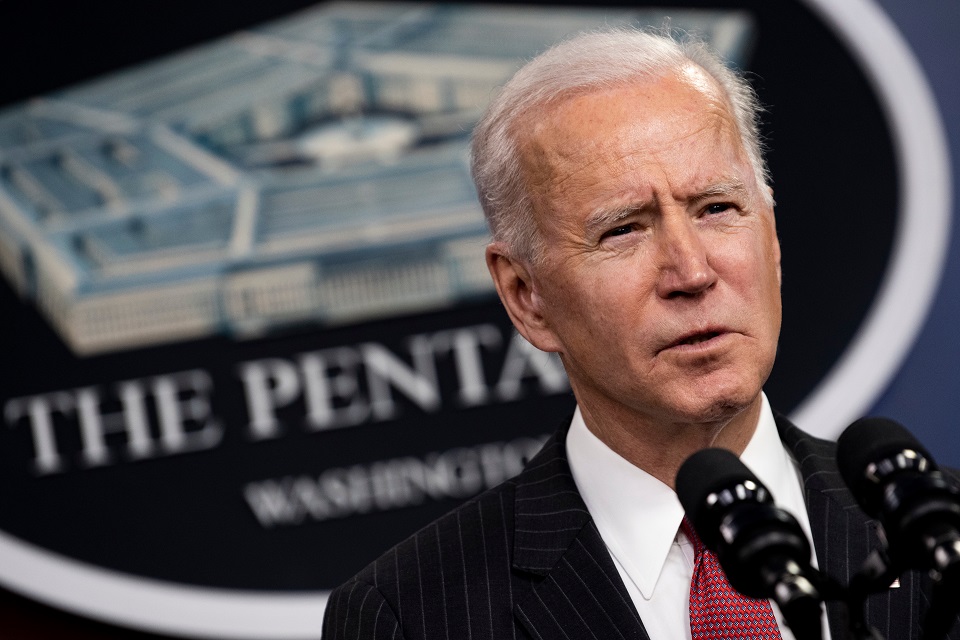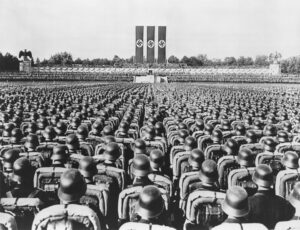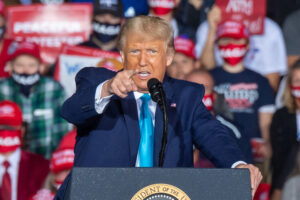
History showed us that midterms don’t bode well for presidents
First midterms are known to be cold showers for the occupant of the White House. Since World War II, the average seat loss in the House circled around 28. There have been 43 seats when the president’s Gallup poll approval rating was less than 50%.
And for Democrats, the last four Presidents suffered a loss of 45 House seats on average in the first midterm after they were elected. You have to dig very deep to find exceptions when it comes to this rule. Franklin Delano Roosevelt managed to gain seats in both chambers of Congress in his first midterm, given that his New Deal was widely appreciated during the Great Depression.
George W. Bush also won a few seats in both the House and Senate during his first midterm, after the national grief and pain that followed the terror attacks of September 11, 2001. In both of these cases, the midterm boost motivated the two presidents to continue with their programs and projects.
And yes, it led to great controversy, producing mixed results, like the fact that Bush proceeded to invade Iraq. However, we can’t help but wonder what happened to all the other weird midterms elections, that didn’t conclude with any clear sign.
For example, in 1962, John F. Kennedy lost four seats in the House but won three Senate seats, and for that, there are two main reasons. First, he got a spike in popularity after the Cuban missile crisis that falls, and the other one was based on the lack of “coattails” that were linked to Kennedy’s narrow win in the Electoral College in 1960.
But Biden didn’t have any coattails, either, as his Democrats lost seats in the House in 2020. George W. Bush also managed to win the election in 2000 without great changes to his party’s ranks in the House. So all three presidents would have definitely wished to have more votes in Congress. But given that they didn’t, they also had fewer first-term incumbents to protect, which made a great impact in their first midterms.
The bottom line, what we know for sure is that the divided government eras did nothing but force officeholders to govern in crosswinds and crosscurrents. Executive and legislative branches had to seek help from the electorate itself, to have a better understanding of the voters’ mood and to get something done.
If you enjoyed reading this piece, then you should probably try: 7 Times Elected Officials Were Attacked







